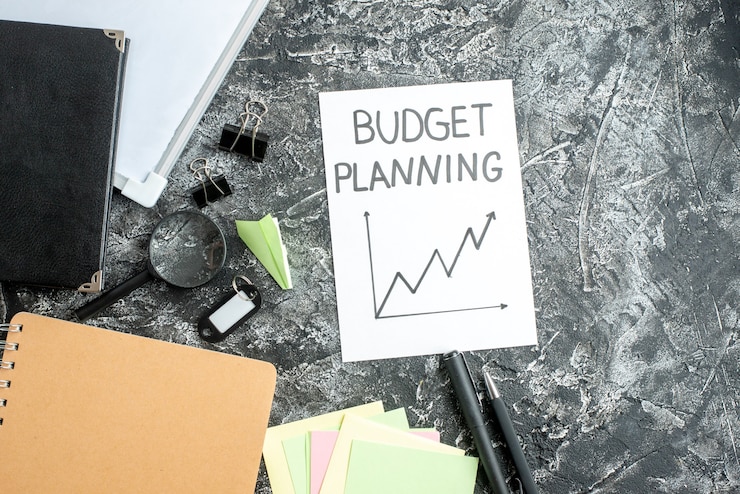Welcome back to our Weekly Digest. Read on for the latest updates and some ideas to help us all move forward.
Why Australian banks will come out the other side of the global crisis
According to Reserve Bank of Australia assistant governor Chris Kent, Australia’s banks are “unquestionably strong” and are equipped to handle a prolonged period of market strain. The banks are already well advanced on their bond issuance plans for the year and could defer their issuance for a while.
Relief as Credit Suisse and UBS strike a deal
Though not out of the woods yet, fundies feel that the UBS-Credit Suisse deal should do a great deal to curb an impending worldwide financial crisis. In an all-share deal, UBS will pay 3 billion Swiss francs ($4.5 billion) for its former rival.
High fares and reduced capacity hurting airline recovery
Sydney Airport’s chief executive, Geoff Culbert, blamed high airfares and reduced airline capacity for stagnant domestic passenger recovery, as the airport reported 2.7 million travellers for February.
4.7 million Australians getting a cash boost to their social security payments
The federal government is doing what it can to support Australians “feeling the pinch”. Singles and couples on the Age Pension, Disability Support Pension and Carer Payment will receive a $37.50 per fortnight increase, while people over 22 without children will receive a $27.40 per fortnight increase.
Recession-proof suburbs do exist
As economists predict Australia could fall into a recession this year, four NSW suburbs have been marked as safe from any potential downturn. Learn where they are here.
Adelaide gets the first mobile phone detection camera
South Australia started a pilot program where cameras are installed on some of the state’s most high-risk roads to reduce driver distraction. Drivers caught using their phones while driving won’t face penalties until next year due to a grace period.
Virgin Australia IPO dampened amid Credit Suisse collapse
Global banking turmoil and share market volatility could cause a delay in the planned initial public offering and relisting of Virgin Australia. It was initially scheduled for June.
Further losses are expected this week for shareholders
Though there are plenty of reasons for optimism as world exchanges try to recover from last week’s turmoil, experts say that shareholders should expect further losses this week.
Government supports another wage rise but won’t say how much
Labor says it supports another wage rise for workers. However, they have been avoiding the question of what they feel that amount should be. The government is currently finalising its submission to the Fair Work Commission’s annual wage review.
Get in touch
Contact us if you have any questions or want to discuss the next steps for your business.
If you are are wanting to start a new business but have some concerns about recession or even about how to manage your finances in these tough circumstances, then please contact S & H Tax Accountants. We have very experienced staff who are always willing to assist you or advise you on any concerns that you might have. Please book an appointment today at S & H Tax Accountants, call us at 03 8759 5532 or email us at info@sahtax.com.au.













